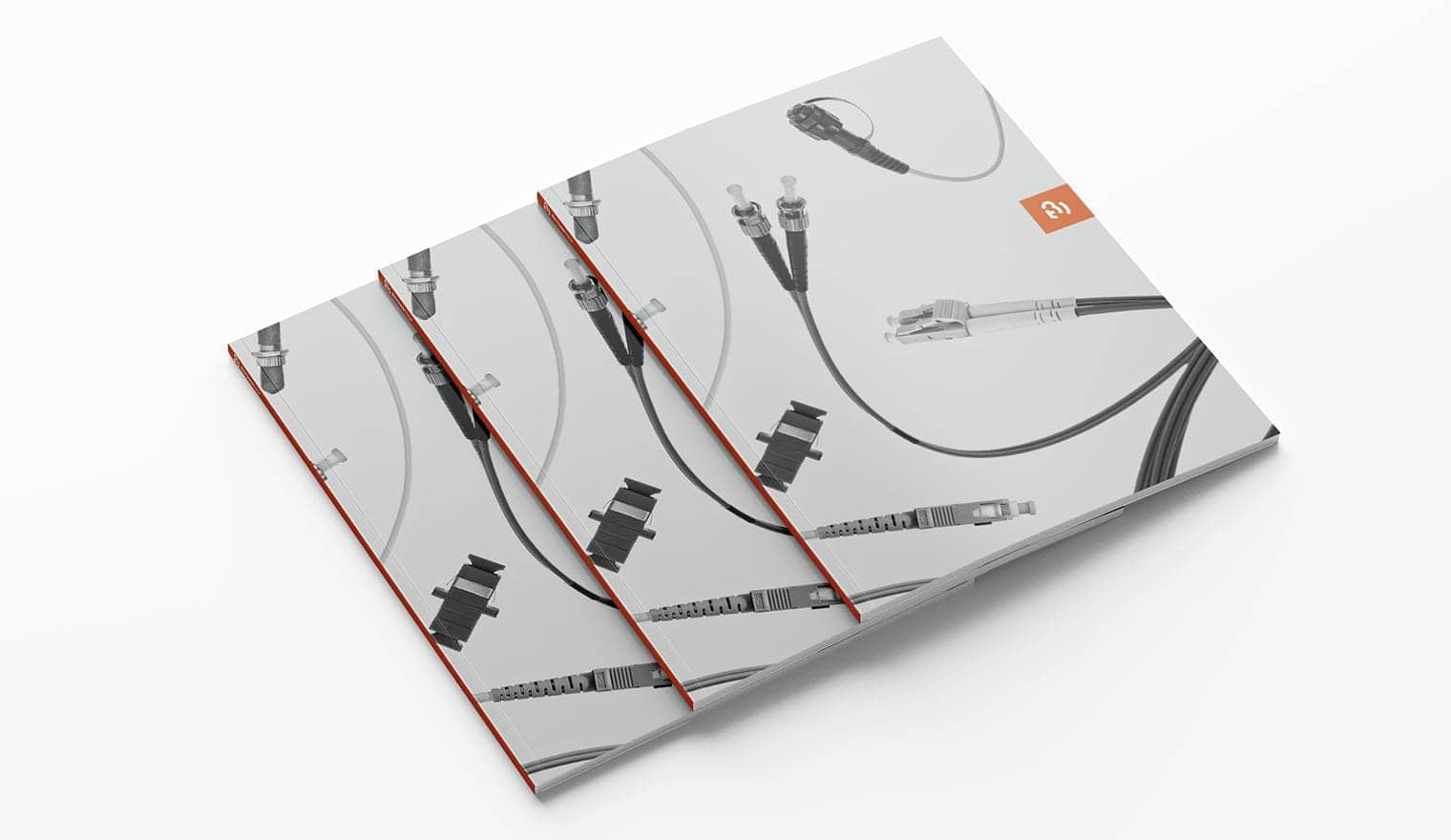The Ultimate Guide to Fiber Optic Patch Cables: Types, Applications, and Beyondtech’s 24-Hour Solutions
Fiber optic patch cables are the backbone of modern connectivity, enabling high-speed data transmission across networks. Whether you're setting up a data center or upgrading your home internet, these cables play a crucial role in maintaining efficiency and reliability. This comprehensive guide will explore the key aspects of fiber optic patch cables, including their components, applications, and how Beyondtech's 24-hour delivery service can meet your urgent requirements.

What is a Fiber Optic Patch Cable?
A fiber optic patch cable, also known as a jumper or patch cord, is a specialized cable used to connect different network devices. These cables transmit light signals instead of electrical signals, making them ideal for high-speed and long-distance data transmission.
Fiber optic patch cables come in various types, including single-mode and multi-mode, to cater to different networking needs. Their applications range from telecommunications and broadband networks to medical and industrial environments.
Key Components of a Fiber Optic Patch Cable
The design of a fiber optic patch cable is a marvel of engineering, consisting of three primary layers:
- Core: The central component made of glass or plastic, which transmits light signals.
- Cladding: Surrounds the core and reflects light back into it, minimizing signal loss.
- Jacket: The protective outer layer that shields the cable from physical and environmental damage.
Additionally, connectors like LC, SC, ST, and MPO ensure secure and efficient connections between network devices.
Single-Mode vs. Multi-Mode Fiber: Which Should You Choose?
Choosing between single-mode and multi-mode fiber depends on your specific requirements:
- Single-Mode Fiber: Best for long-distance transmission due to its smaller core size and minimal signal loss. Ideal for applications like telecommunication networks.
- Multi-Mode Fiber: Suitable for short-distance, high-bandwidth applications such as data centers. Its larger core size allows multiple light signals to travel simultaneously.
For instance, single-mode cables are commonly used in WANs, while multi-mode cables are preferred in LANs due to their cost-effectiveness for short distances.
Specialized Fiber Optic Cables for Diverse Applications
Fiber optic patch cables have evolved to meet the demands of various industries. Specialized types include:
- Armored Cables: Enhanced durability for harsh environments.
- Polarization-Maintaining Cables: Maintain light polarization for high-precision applications.
- Custom Cables: Tailored solutions for unique network configurations, such as hybrid connectors.
These options ensure that fiber optic cables can meet the specific needs of industries ranging from healthcare to military.
How to Select the Right Patch Cable for Your Network
Selecting the appropriate patch cable involves considering:
- Connector Type: Ensure compatibility with your devices (e.g., LC, SC, ST, MPO).
- Polish Type: APC or UPC connectors for minimal signal reflection.
- Cable Type: Single-mode for long distances, multi-mode for short ranges.
These factors determine the efficiency and reliability of your network setup.
Beyondtech’s Cutting-Edge Laboratory: Fast, Reliable, and Customizable Solutions
When time is of the essence, Beyondtech's 24-hour delivery service offers unparalleled convenience. Our state-of-the-art laboratory specializes in:
- Manufacturing custom fiber optic cables to meet unique specifications.
- Delivering tailored solutions for urgent networking projects.
- Ensuring rigorous quality control for reliable performance.
Whether you need an armored cable for industrial use or a polarization-maintaining cable for precision tasks, Beyondtech has you covered.
The Future of Fiber Optic Patch Cables: Trends and Innovations
The demand for faster and more efficient networks continues to drive innovation in fiber optic technology. Key trends include:
- Higher Connector Density: New designs like the MDC connector maximize efficiency in compact spaces.
- Advanced Materials: Improved durability and performance in extreme conditions.
- Green Initiatives: Eco-friendly production methods to reduce environmental impact.
Beyondtech remains at the forefront of these advancements, ensuring our customers receive the latest and most reliable solutions.
Conclusion
Fiber optic patch cables are essential for modern connectivity, offering unmatched speed and reliability. By understanding their components, applications, and types, you can make informed decisions for your networking needs. Beyondtech’s 24-hour lab ensures you can access customized solutions quickly and efficiently, no matter the project size or urgency.
Choose Beyondtech for high-quality, reliable, and tailored fiber optic solutions that keep your network ahead of the curve.






